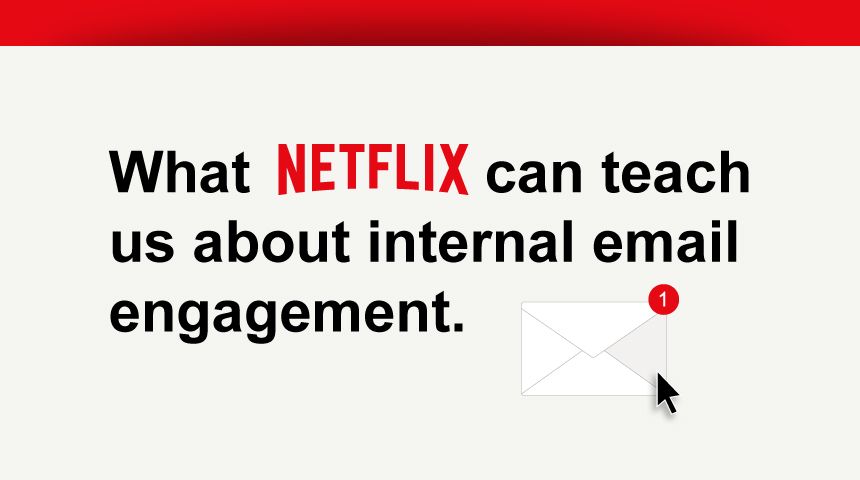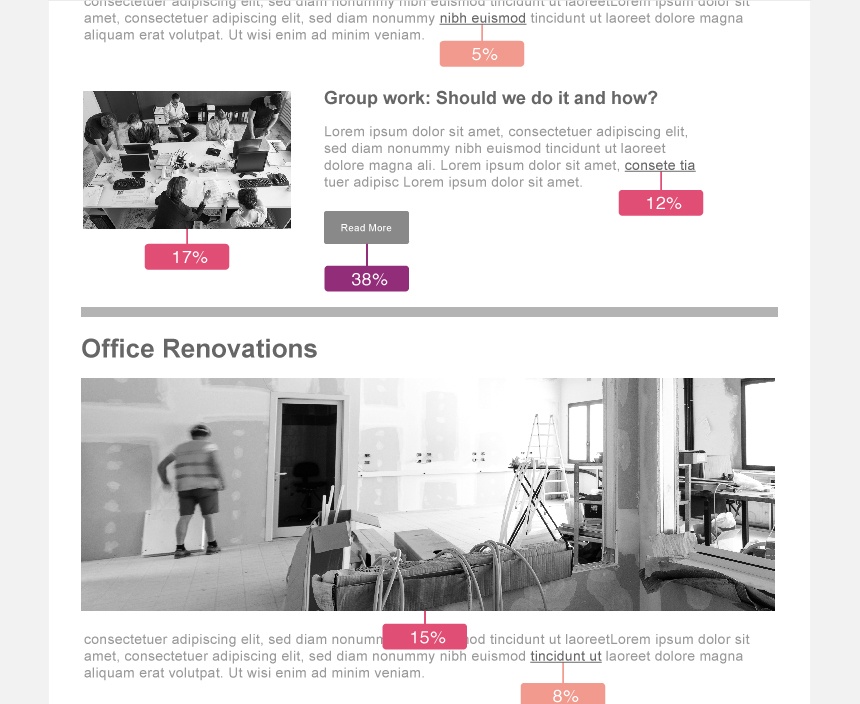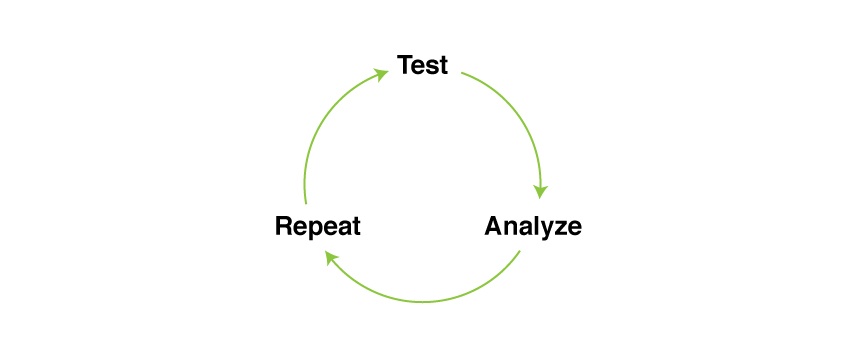What Netflix Can Teach Us About Internal Email Engagement

With data scandals coming out of major social media networks, everyone seems to be wising up to how powerful data really is.
It’s a bit scary.
And it’s easy to forget that data can actually be a powerful tool for good, too.
Engagement tracking data (data like who clicked what, when, how, and then did what) is responsible for the breakneck speed of technological and user experience improvements on virtually all technology platforms. Data is making our lives easier in an infinite number of ways.
In fact, data is the all-powerful force driving most of the innovations in science, technology, medicine, and consumer products.
And that goes for internal comms, too. Data is the key to creating the most engaging and useful communications.

We know this.
How Netflix uses data to deliver great content
To understand how to use data to improve your employee experience and communications, just look at Netflix.
Unlike Amazon or Facebook, Netflix isn’t just using your personal and behavioral data to sell you stuff.
They are also using your data to make their products better.
Any good marketer or business person will tell you that keeping a customer and turning them into a raving fan has a much higher return on investment than sourcing a new customer. It’s like recruitment – it’s easier and less expensive for a company to spend money on employee engagement initiatives to keep their people happy than to always be hiring.
So instead of just focusing on external marketing with the data they’ve gathered, Netflix finds out what kind of content their customers want, when they want it, and how they consume it. They can then use this data to deliver customized content that keeps their customers coming back for more.
It also helps Netflix make decisions about what kind of shows to invest in or produce, which actors are most popular, and which genres are most binge-worthy to which demographics.
There is literally no end to the usefulness of their customer data in making their product better, from user experience and design to content delivery and selection.
Using data, Netflix has completely changed the way we consume our favorite shows and movies, and radically shifted the way we expect content to be customized and delivered to us.
There are 33 million different versions of Netflix.”
Joris Evers, Director of Global Communications
Using the Netflix model to improve your internal communications
Seeing how Netflix uses data to deliver quality content, it should be obvious why knowing what people are clicking on in your internal email is extremely valuable.
If you want to deliver an excellent employee email experience, knowing how many people clicked the links in your email can give you powerful insight into what employees need, want, or are interested in.
When you find out what people need and want, you can start giving them more of it. You can test your theories about what employees are interested in by offering more of the same kind of content.
And you don’t even need a team of data analysts or techies to decipher the data. With tools like Staffbase Email, this data collection and visualization is made easy to read and understand.
How to use click data to read employees’ minds
Okay, maybe reading their minds is a bit of an exaggeration.
But with click data, you can get creepy good at delivering content employees want, how they want it.
Here’s how:
Step 1 – Analyze Your Links

Take note of what people are already clicking on and categorize them according to:
Message Type
What kind of message was it? A customer story? A policy update? A message from leadership?
Content
What was it about? What was the topic? What was the point of the piece?
Writing Style
How was it written? Who wrote it? What was the tone?
Media Type
Was the content delivered via video? Text? Q&A? Podcast? Intranet link?
Placement
Where in the email did the link occur? At the top? In the middle? At the end?
Format
Was the link presented as a button? Or was it buried in a paragraph? What color was the link or button? What design elements were incorporated or lacking?
Step 2 – Test
This is the easy part – just deliver more of what people are already clicking on.
See if you can drive more clicks by experimenting with the most popular elements of the links people are already clicking.
Repurpose the links that people aren’t clicking by trying out different styles, buttons, placement, or media type to see if you can inspire some clicks.
When you’re ready, hit send.
Step 3 – Measure your results
Take stock. What worked? What didn’t?
Does the data prove your intuition about why some content is more popular than others or were you surprised by the results?
Note how much you improved and hypothesize why. Note what you changed and tried.
And don’t forget to look at what didn’t work. Why do you think people didn’t click? Note the elements you were experimenting with.
Step 4 – Repeat
Never stop testing.
Start at the beginning by analyzing your results, making some hypotheses, and then test again.

Keep calm and measure on
You can literally go on like this forever. It’s how the most effective content curators, communicators, and media organizations learn about their audience and discover how to deliver more effective and engaging content.
If however, you find yourself frustrated by your results, don’t panic. A couple of emails may not be the best baseline for engagement. It can take some time to figure out what’s working and why.
It’s possible that you may have to rethink how you’re presenting the content in your emails. Empathize with the experience of the reader. And if you need some inspiration, read this post on some simple steps to improving your internal email click rate.
And remember, there’s no such thing as a bad test result.
If your clicks go down one email, it’s okay!
All the data you collect is valuable, even if it shows that you’re not doing as well as you’d like. Keep it up and try not to take the data too personally. Every organization is different, every culture is unique, and so what works for your organization will also be unique.
If you commit to reading and evaluating the data, and testing your approach, you won’t be able to stop yourself from succeeding. The proof is in the data.
Just ask Netflix.









